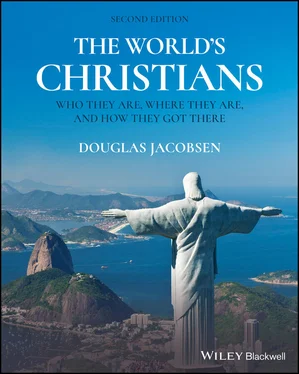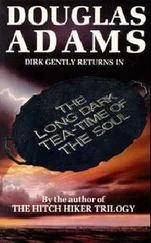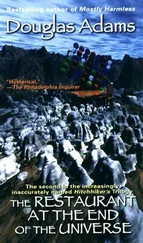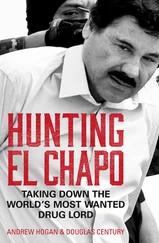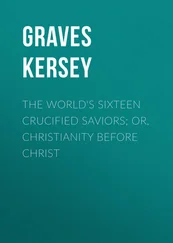Excerpt from the “Synodikon of Orthodoxy” (843):
We have received from the Church of God, that upon this day we owe yearly thanksgiving to God along with an exposition of the dogmas of piety and the overturning of the impieties of evil … For indeed, there came upon us a winter, not an ordinary one, but one of truly great evil, brimming over with harshness; but there blossomed forth the first season, the spring of God’s grace, in which we have come together to give thanks for the harvest of good things … For verily, those enemies [iconoclasts] who reproached the Lord and utterly dishonored His holy worship in the holy icons, were both arrogant and high‐minded in impieties, and were cast down by the God of marvels, and He leveled to the ground their insolent apostasy … [God] has delivered us unworthy ones [iconophiles] from adversity, redeeming us from those who afflicted us, and establishing the free proclamation of piety, the steadfastness of the worship of icons … To them who persist in the heresy of denying icons … Anathema .
John Sanidopoulos, “The Synodikon of Orthodoxy,” February 21, 2010, https://www.johnsanidopoulos.com/2010/02/synodicon‐of‐orthodoxy.html.
The weakening Byzantine Empire eventually felt compelled to ask the Catholic West for military assistance. That assistance came in the form of the Crusades which, at first, seemed to help. However, the armies of the Fourth Crusade (1204), rather than fighting against the Islamic forces in the region, attacked the Byzantine Empire itself, ransacking the city of Constantinople, raping Orthodox women, and stripping the churches of their treasures. Later, a Latin‐dominated puppet government was set up in the region with the intention of forcing the Orthodox Church to accept the supreme religious authority of the Pope. The Orthodox leadership never fully complied, and the Orthodox Church developed a deep and abiding suspicion of the Catholic Church that still impacts Catholic–Orthodox relations today. Pope John Paul II expressed “pain and disgust” regarding the 1204 attack and formally apologized to the Ecumenical Patriarch in 2004, asking for forgiveness.
Greek rule and Orthodox faith were restored in the region in the mid‐1200s, but there was a constant threat of attack from the Islamic Ottoman Turks. By the early 1400s, the situation was once again desperate and once again Byzantium turned to the West for help. In a repetition of the past, the Catholic West said that submission to the Pope was the cost of assistance. With no other option at hand, the Byzantine religious leaders duly submitted to union with Rome at the Council of Florence in 1439. Despite that submission, no real aid was forthcoming, and Constantinople fell to the Turks in 1453, effectively ending the Byzantine Empire. Most Orthodox believers denounced the Council of Florence and repudiated any union with the Roman Catholic Church. The authority and prestige of the Patriarch of Constantinople sustained serious damage because of its complicity (even if it was essentially forced) in negotiating the union with Rome. Orthodoxy was clearly at a low ebb.
If there was a bright spot in the Orthodox history of this period, it was in the area of theology and spirituality, where the writings of Symeon the New Theologian (942–1022) and Gregory Palamas (1296–1359) helped to shape a new “interior” expression of Orthodox faith and piety. Turning away from the abstract, philosophical, and scholastic theology of his contemporaries, Symeon stressed the inner experience of God, how humans search for and find the presence of God through the power of the Holy Spirit. Palamas similarly stressed the importance of the interior life, focusing especially on contemplation (including use of the Jesus Prayer) as a means of stilling the mind so that the light of God’s presence could be experienced by Orthodox believers.
The national church period: 1500 to the present
After the fall of the Byzantine Empire, the Orthodox tradition became increasingly fragmented, and individual Orthodox churches began to identify with the individual nations within which they existed. The Orthodox Church of Russia paved the way. In the early 1500s, Russia (and its Russian Orthodox Church) tried to position itself as the new successor to the old Orthodox Byzantine Empire, even going so far as to call Moscow the “third Rome.” (The city of Constantinople had been called the “second Rome” following the fall of the western Roman Empire in the mid‐400s.) But tensions and disputes within the Russian Orthodox Church weakened its claim of preeminence within the Orthodox world. In the year 1700, the Russian Empire eliminated the Orthodox Patriarchate and declared the Orthodox Church to be a branch of the national government under the control of a lay (nonordained) administrator called an oberprokuror . The Russian Orthodox Church effectively became the Russian Orthodox Church, belonging to the Russian people and no one else. The interests of the broader transnational Orthodox community became secondary.
Other new national Orthodox churches began to appear in the 1800s as the Muslim Ottoman Empire, which had controlled most of Eastern Europe during the seventeenth and eighteenth centuries, began to weaken. As the boundaries of the Ottoman Empire slowly slipped back like a receding glacier toward Turkey, the various peoples of Eastern Europe one by one reasserted their older national and Orthodox religious identities. The result was the creation of a new European map of Orthodoxy that merged nationhood and religious affiliation. This is when, for example, the modern Greek state and the Greek Orthodox Church were created, and the same dynamic was at work in Romania, Bulgaria, Serbia, and elsewhere. The typical pattern was for political independence to come first, followed by a local declaration of ecclesiastical autonomy, and then an affirmation of independence from other Orthodox churches. Thus, for example, Greek political independence was restored in 1832; this was followed by a declaration of Greek Orthodox Church autonomy in 1833, and autocephalous status was granted in 1850. In Romania the process was slightly different, with ecclesiastical independence coming first (1865), national independence next (1877), and finally Romanian Orthodox autocephaly in 1925.
In the twentieth century, the Orthodox nations of Russia and Eastern Europe faced yet one more bitter trial: life under Communist rule. In 1917, Communists took control of Russia and, after World War II, they extended that control to almost all of Eastern Europe. These Communist regimes were atheistic and ideologically opposed to religion. Under Communism, individuals were discouraged from belief in God, many churches were closed, and the religious education of children was often banned. This last restriction was especially harmful for Orthodoxy since the nurture of faith during childhood undergirds the Orthodox process of becoming Christian. Many churches declined in membership and attendance, sometimes drastically, but Orthodoxy managed to survive. Since the fall of Communism in 1990, a revival of Orthodox faith has been underway, most prominently in Russia, but also in most of the other countries of Eastern Europe and the Balkans. (See Figure 1.5for an outline of key events in Orthodox history.)
But the issue of nationalism remains, and nationalism in the modern Orthodox experience has sometimes verged on worship of the nation itself. Orthodoxy’s future will be determined largely by how it handles this issue. George Tsetsis, an Orthodox theologian associated with the Ecumenical Patriarchate, says:
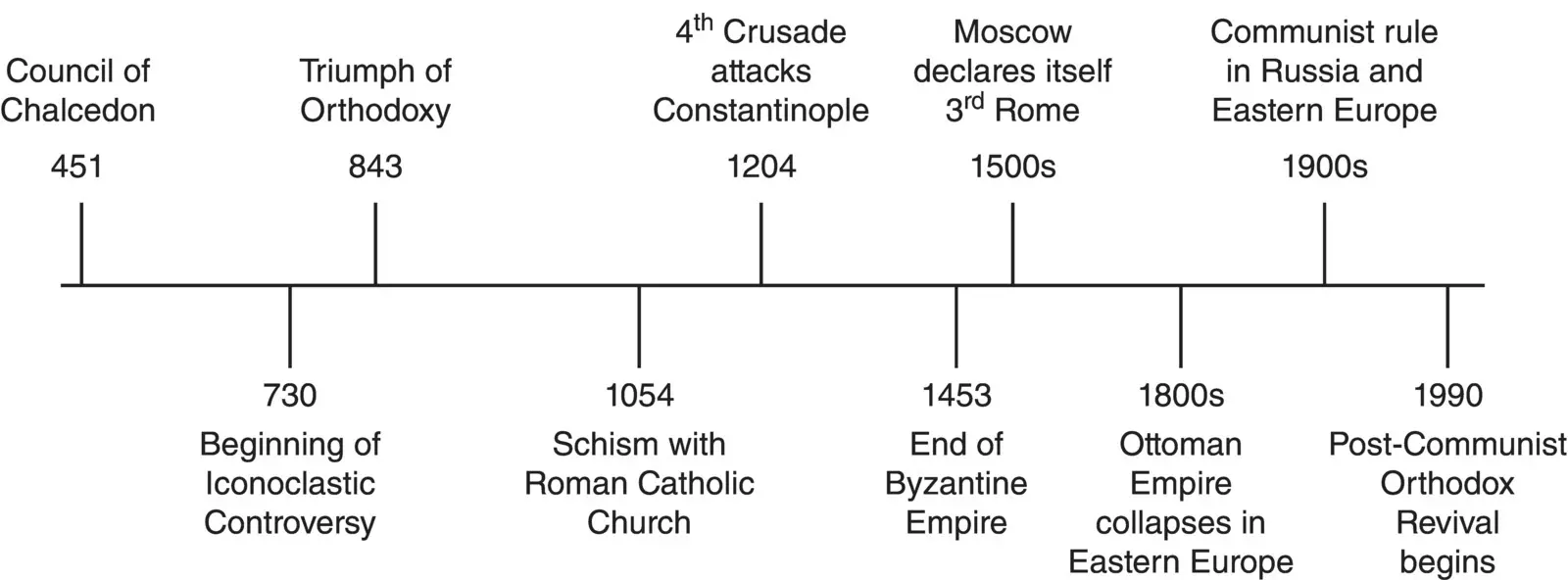
Figure 1.5 Key events in Orthodox history.
Читать дальше
